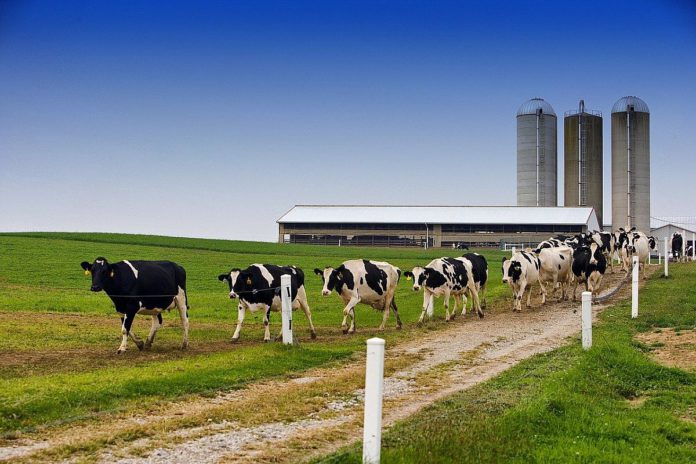In this article, Nicholas McKenna, Teagasc dairy specialist, has summarised a checklist of the important tasks to be undertaken on dairy farms in the coming months.
These include soil and silage testing, feeding minerals, drying off and paperwork. He also highlights the importance of taking time off from the farm work.
Grassland management
If farmers are still grazing it is important to keep an eye on grass levels, do not entirely graze-out the farm as grass is needed in spring and it is worth twice as much then as now.
Try do a grass cover, this will help farmers see what grass is available and make planning for spring much easier.
Soil testing
This is a great time of the year to do soil testing as there should have been no slurry or fertiliser applied recently. Soil test before applying lime or Muriate of Potash (MOP).
With regulations possibly being introduced in the future to reduce chemical fertiliser usage, it is important to get soil fertility correct:
- pH of 6.2
- Phosphorous & potassium index 3
Fertiliser can then be ordered based on soil analysis results along with applying lime where needed if ground conditions are suitable.
If K levels are low, then MOP can be spread during the winter months.
- If it is not measured, it cannot be managed. Farmers need to be tactical getting fertility right to maximise the fertiliser being spread.
- 25% magnesium
- 5% phosphorous
- 120+ ppm Vitamin D
Silage & minerals
Silage should be tested to determine its quality for the winter ahead. Feeding & mineral strategies can then developed from these results.
When choosing minerals, it is important to get “the good bag” even if it costs slightly more.
The minerals should contain the following quantities and be fed according to the rate on the bag:
- 25% magnesium;
- 5% phosphorous;
- 120+ ppm Vitamin D.
Drying-off
Decide which cows should be dried off first:
- Heifers should be given 12 weeks dry to give them a good rest going into their second lactation;
- Thin cows with a low BCS should get 10-12 weeks to allow them to put on condition before calving.
- High SCC cows can benefit from longer dry periods as it gives their udders time to repair.
If there is enough milk recording information, farmers could consider using selective dry cow therapy as it will be mandatory from 2022 onwards.
It is also advised to dry off in small batches as this reduces workload and the chances of making mistakes.
For herds considering milking empty cows through the winter, it is advised that they check prices being paid for these cows now as it might be worthwhile to sell them early and give yourself time off during December.
Things to also consider are:
- Feed space available
- Labour required to milk these cows
- Amount of quality silage available
- Cubicle spaces available
Parlour
Time to get the parlour serviced and rubber ware changed. Milking machine technicians seem to be busier this year than usual so book in time and give 3-4 weeks’ notice.
Paperwork
Great time to gather up 2020 dockets and invoices and complete an eProfit monitor to benchmark yourself against others and help make improvements for the year ahead.
Time off
2020 had been tough year mentally on farmers, having “spent the year looking after the cows maybe now look after yourself”.
Get some time away from the farm, go for short walks and when restrictions allow, try and get a night away or even a few day trips to clear the mind and reset the batteries for the year ahead.





